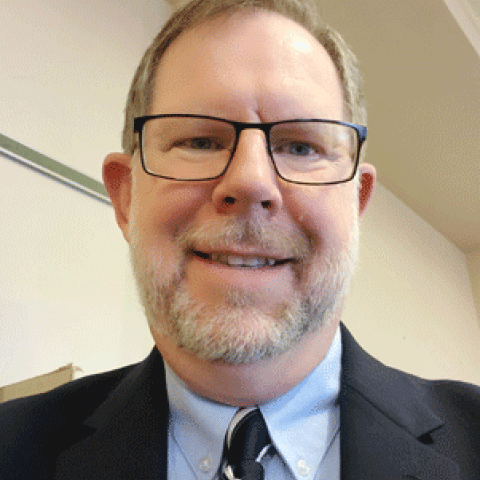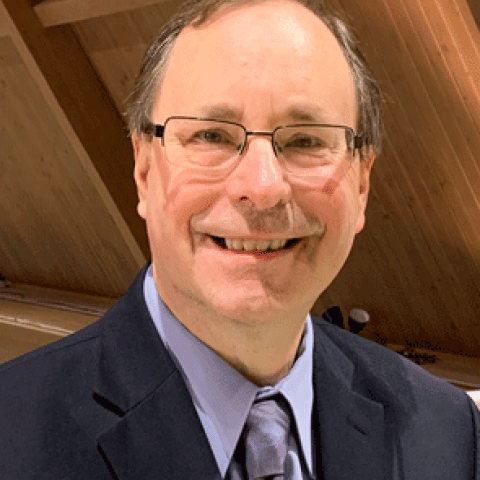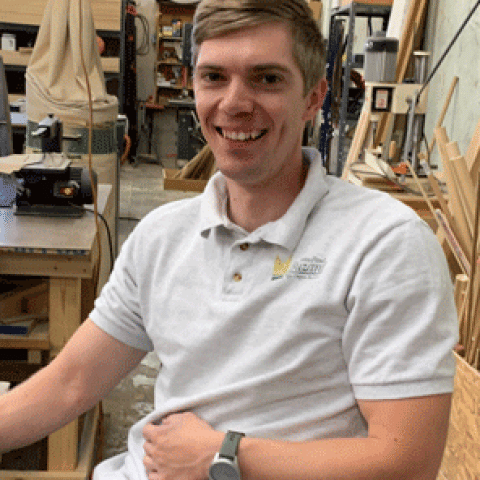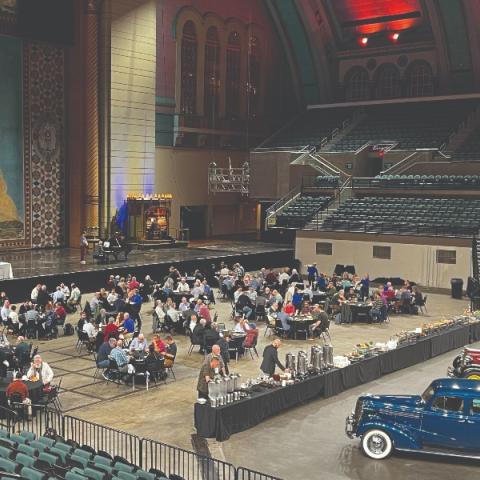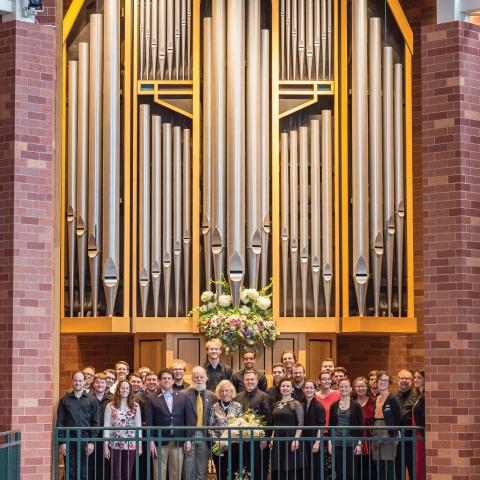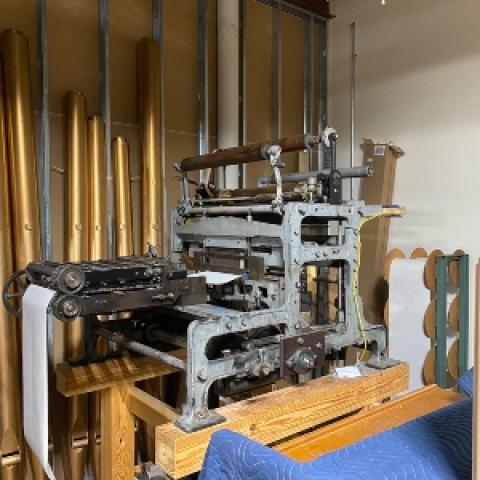
Fredrick Bahr is appointed director of the service department of John-Paul Buzard Pipe Organ Builders, Champaign, Illinois. He will oversee all facets of the department: mentoring its staff of technicians, servicing its regular maintenance clients, and managing special restoration, renovation, and rebuilding projects.
Bahr, who has more than forty years’ experience in the organbuilding and organ service industry, was most recently shop manager and instructor of organ technology at the American Organ Institute at Oklahoma University. He is editor of the American Institute of Organbuilders’ Journal of American Organbuilding, and is a past president of the AIO. His articles have been published in The Diapason, The American Organist, and the Journal of American Organbuilding. He has presented several lectures at various chapters of the American Guild of Organists and participated in guild outreach programs, Pipe Organ Encounters and Pedals, Pipes and Pizza.
For information: www.buzardorgans.com.

